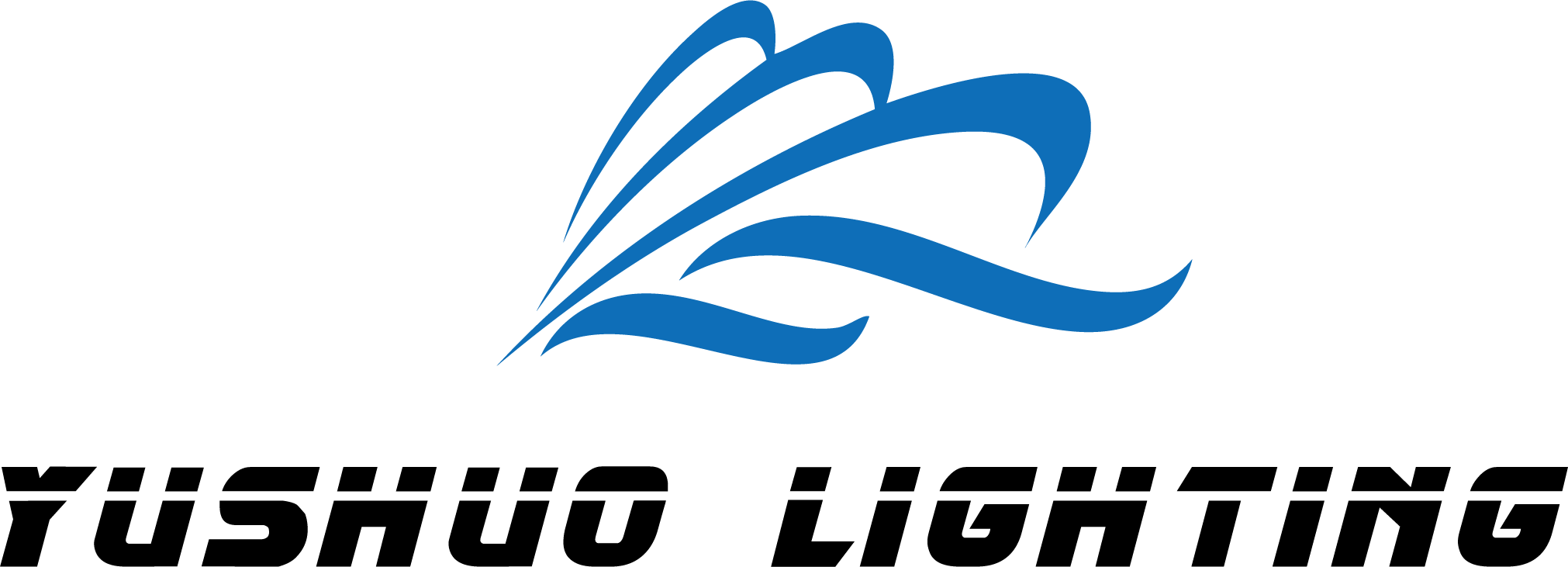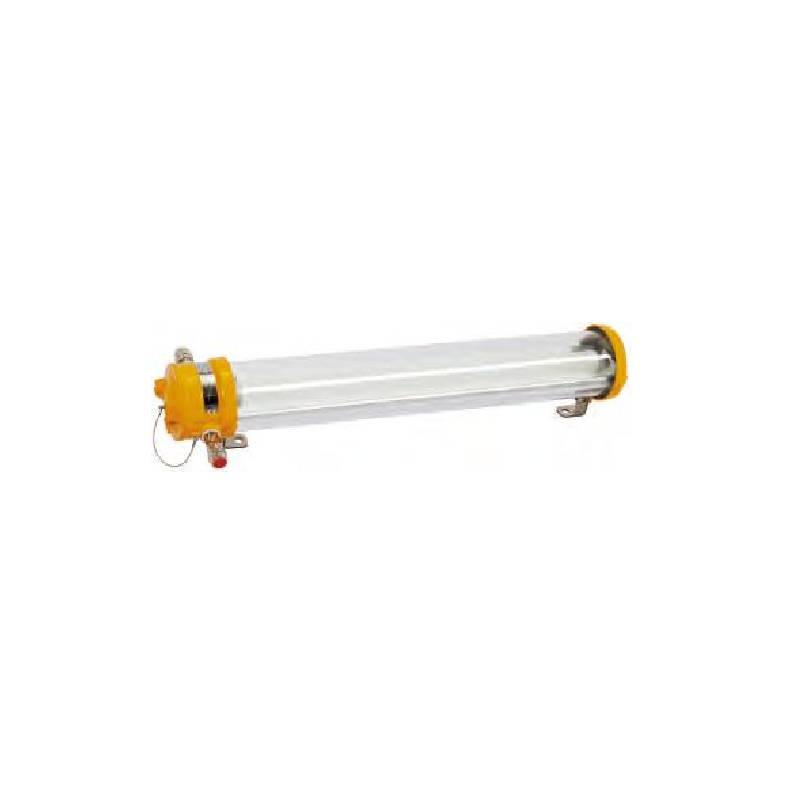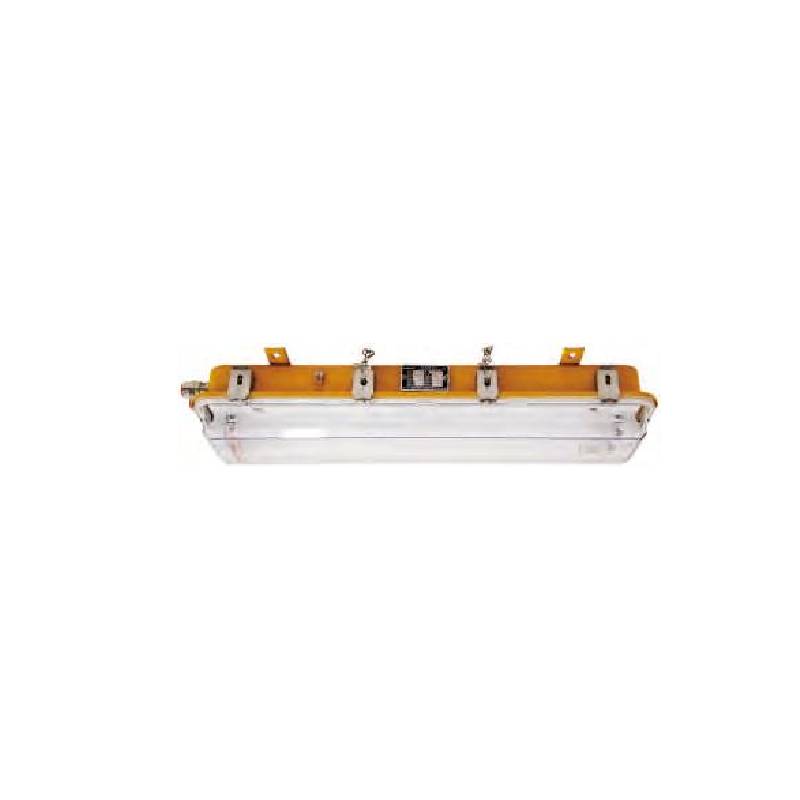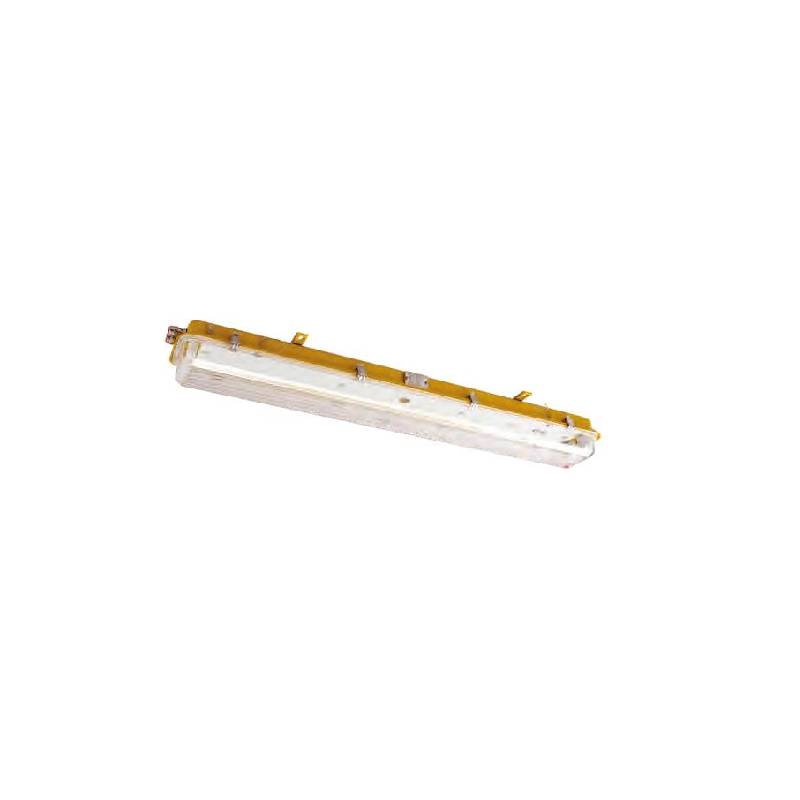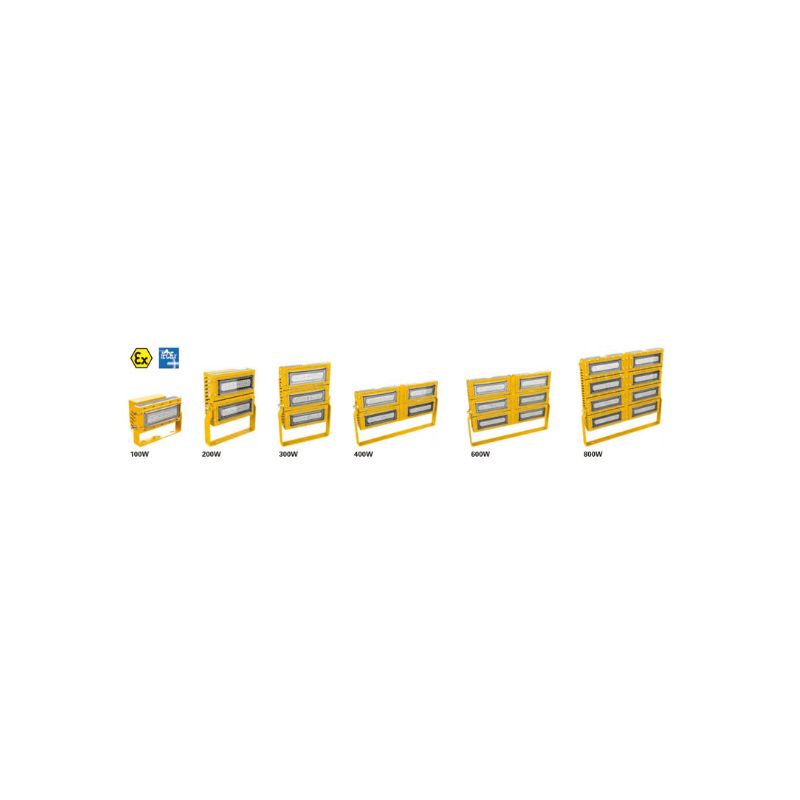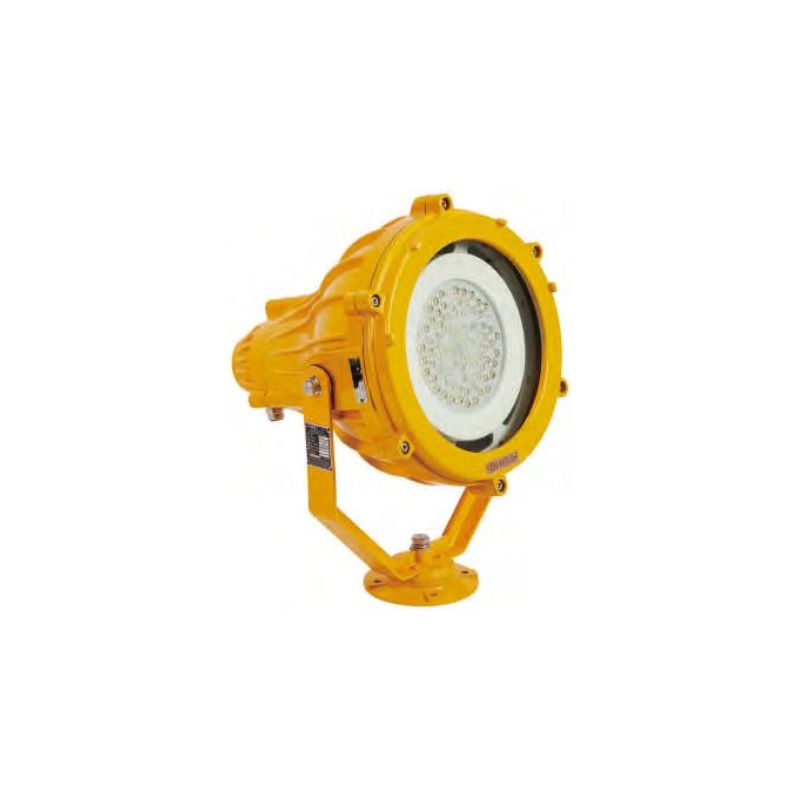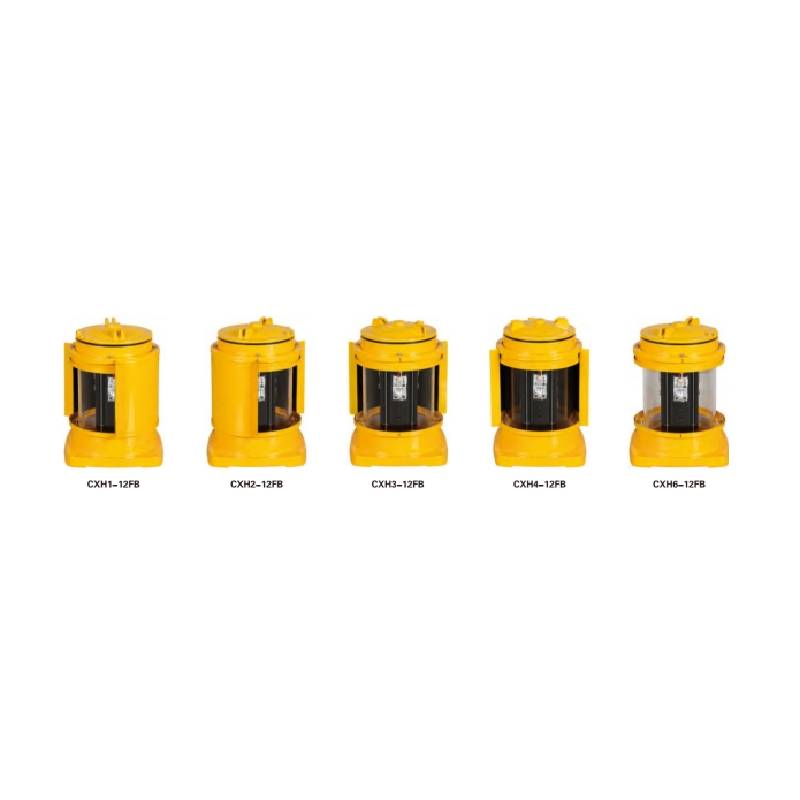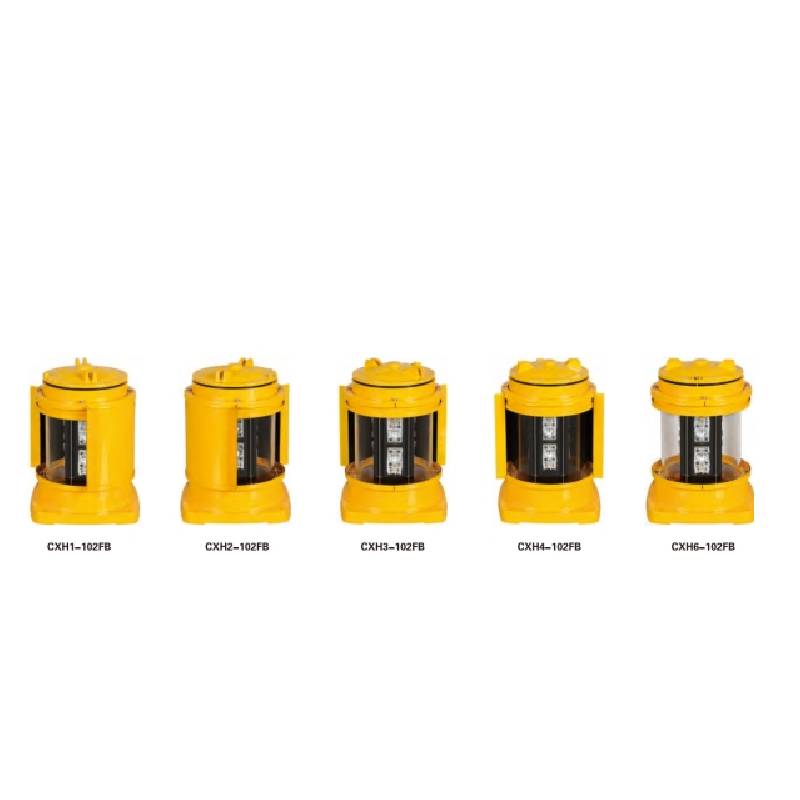How to Customize Explosion-proof Lighting Solutions for Different Marine Environments
Table of Contents
The diverse nature of marine environments necessitates customized marine explosion-proof lighting solutions to address unique challenges. This article explores the importance of explosion-proof lighting and the key considerations for tailoring solutions to different marine settings.
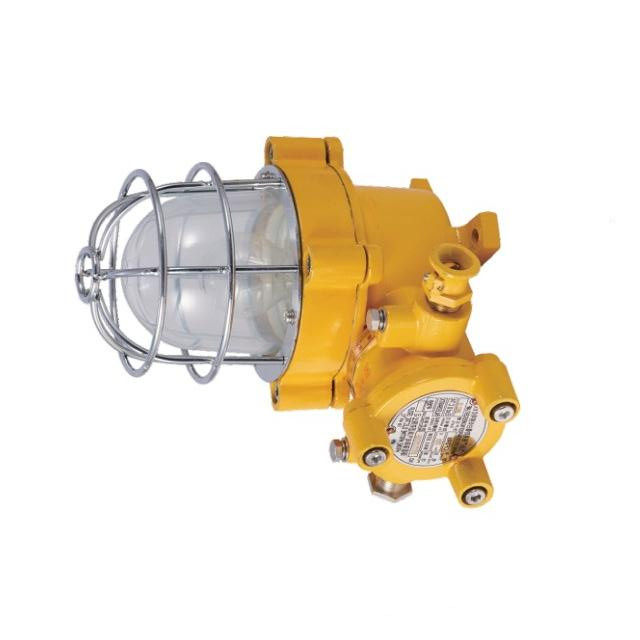
Understanding Explosion-Proof Lighting
Explosion-proof lighting plays a critical role in ensuring safe operations and It is designed to prevent the ignition of explosive substances in hazardous areas. These lighting systems are built to:
- Contain sparks or flames within the fixture.
- Withstand harsh environmental conditions, such as corrosive saltwater or high humidity.
- Operate efficiently under extreme temperatures.
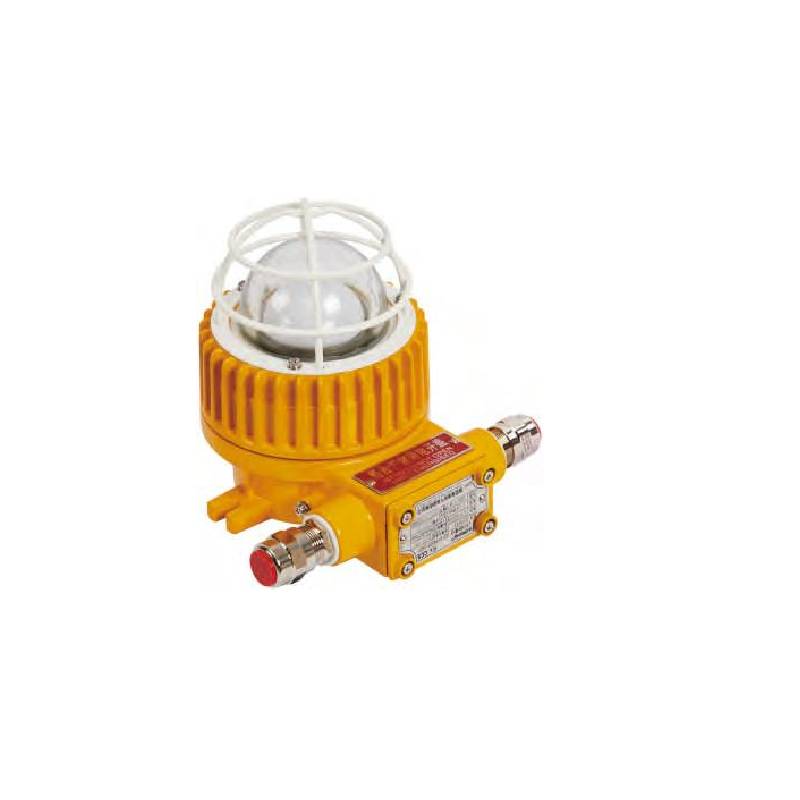
Key Marine Environments Requiring Custom Explosion-proof Lighting Solutions
1. Offshore Oil and Gas Platforms
Challenges: High-risk zones with flammable gases, corrosive saltwater, and harsh weather conditions.
Custom Lighting Solutions:
- Explosion-proof lighting with corrosion-resistant materials.
- High IP-rated enclosures to withstand water and dust ingress.
- Smart systems for remote monitoring and control.
2. Cargo and Tanker Ships
Challenges: Exposure to flammable substances, constant vibration, and energy constraints.
Custom Lighting Solutions:
- Vibration-resistant LED fixtures with robust designs.
- Zone-specific lighting for pump rooms, engine areas, and cargo holds.
- Energy-efficient lighting with emergency power backup.
3. Fishing Vessels and Aquaculture Facilities
Challenges: Persistent moisture, exposure to saltwater, and light spectrum requirements for marine life.
Custom Lighting Solutions:
- Waterproof fixtures with high ingress protection ratings (IP68 or higher).
- UV-resistant materials to prevent degradation in sunlight.
- Adjustable light spectrums for optimizing aquaculture operations.
4. Coastal Terminals and Shipyards
Challenges: Dusty environments, potentially explosive atmospheres in fueling zones, and mechanical impacts.
Custom Lighting Solutions:
- Dust-tight, impact-resistant explosion-proof lighting.
- Portable and modular lighting systems for flexibility.
- Durable housings to withstand rough handling and impacts.
5. Passenger Ships and Ferries
Challenges: Combustion risks in fuel storage and engine areas, alongside aesthetic considerations.
Custom Lighting Solutions:
- Explosion-proof decorative lighting for blending with interior designs.
- Emergency marine explosion-proof lighting that complies with maritime safety standards.
- Compact fixtures for confined spaces like engine rooms.
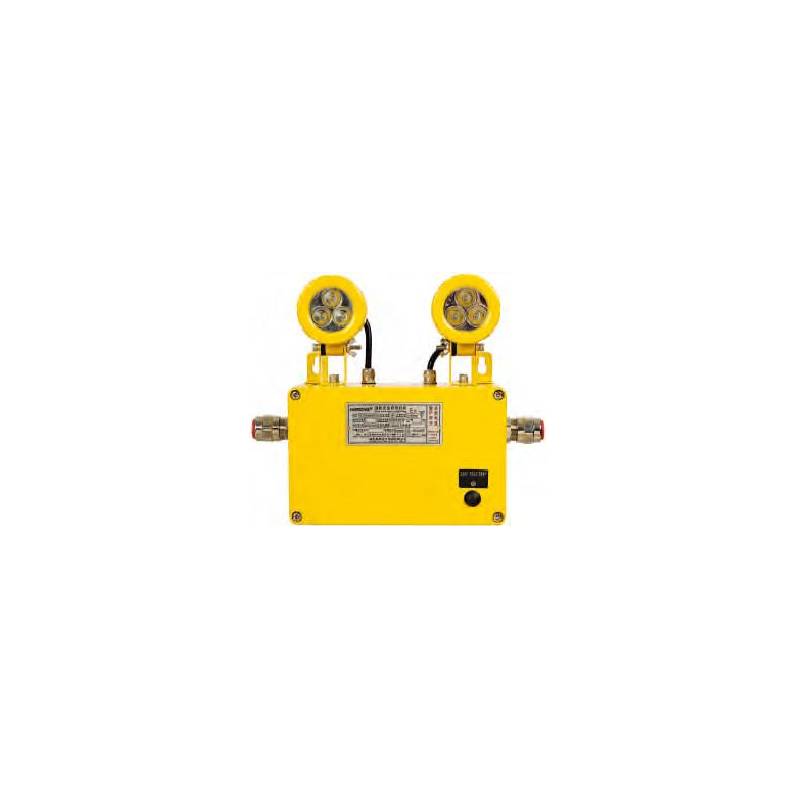
6. Marine Research and Exploration Vessels
Challenges: Deep-sea environments, extreme pressure, and low visibility conditions.
Custom Lighting Solutions:
- Pressure-resistant explosion-proof lighting for underwater applications.
- High-intensity lights for research operations.
- Fixtures designed for submersible or ROV (Remotely Operated Vehicle) use.
7. Harbor Facilities and Docks
Challenges: High moisture levels, large-scale illumination requirements, and potential for explosive environments.
Custom Lighting Solutions:
- High-power marine explosion-proof floodlights for wide-area illumination.
- Corrosion-resistant housings to withstand constant exposure to salty air.
- Adjustable mounting systems for easy positioning.
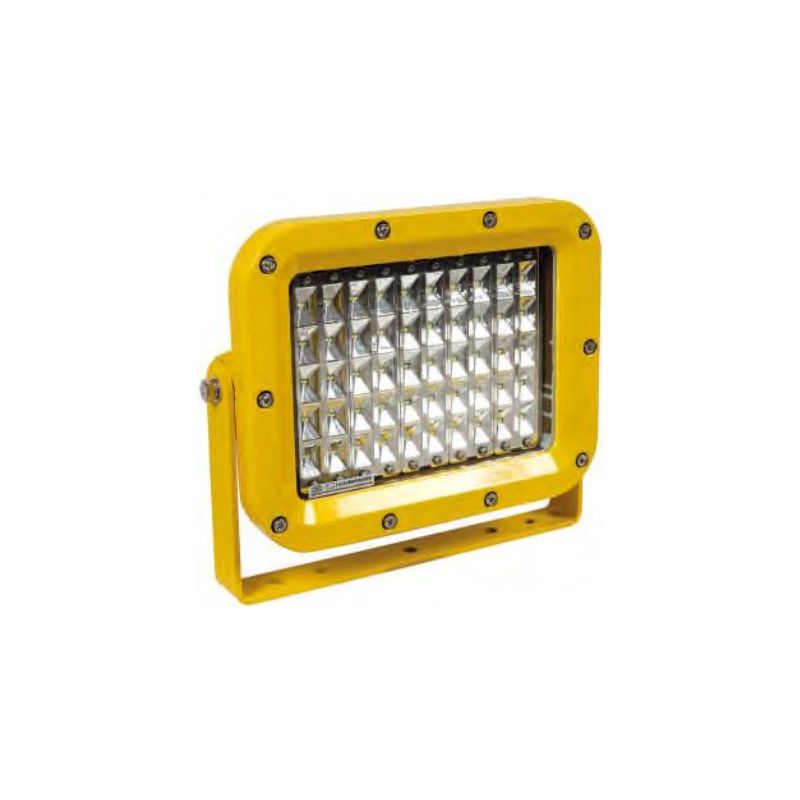
Factors to Consider in Custom Explosion-proof Lighting Design
This chart summarizes the critical considerations for designing explosion-proof lighting systems tailored to diverse and demanding marine environments.
| Factor | Description | Impact on Performance |
| Hazardous Zone Classification | Determine the level of explosion risk (Zone 0, 1, or 2) to tailor lighting design accordingly. | Ensures compliance with safety standards and prevents ignition in hazardous areas. |
| Material Selection | Use corrosion-resistant materials such as stainless steel or marine-grade aluminum. | Enhances durability in harsh marine environments, including saltwater exposure. |
| Ingress Protection (IP) Rating | High IP ratings (e.g., IP66, IP68) in explosion-proof lights to prevent water, dust, and gas intrusion. | Ensures reliable operation in extreme conditions like high humidity and submersion. |
| Temperature Tolerance | Design for operation in extreme temperatures, from subzero to high-heat environments. | Prevents failures due to overheating or freezing in diverse marine applications. |
| Lighting Technology | Choose energy-efficient options such as LED or hybrid systems. | Reduces energy consumption and maintenance costs while ensuring bright, reliable output. |
| Power Supply Options | Provide solutions for AC, DC, solar, or hybrid power sources. | Ensures adaptability for remote or off-grid marine installations. |
| Lighting Control Systems | Integrate dimming, motion sensors, and IoT-enabled controls. | Enhances efficiency and allows remote operation and real-time monitoring. |
| Ease of Maintenance | Design modular fixtures with accessible components. | Simplifies repair and replacement, reducing downtime and maintenance costs. |
| Compliance with Standards | Adhere to certifications such as ATEX, IECEx, or UL. | Ensures safety and legal compliance in explosion-prone environments. |
| Environmental Adaptability | Design for UV resistance, vibration resistance, and pressure tolerance. | Guarantees performance in specific conditions like deep-sea operations or high vibration. |
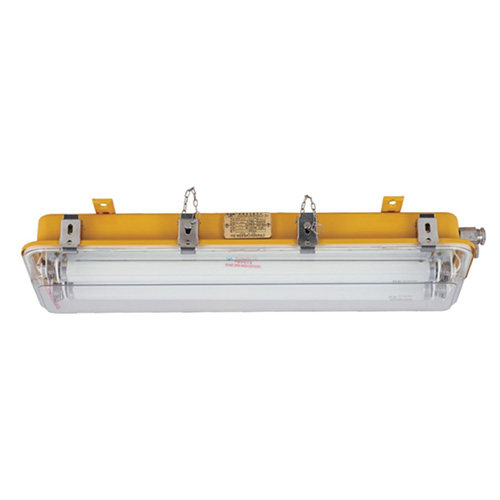
Emerging Innovations in Custom Marine Explosion-proof Lighting
Marine explosion-proof lighting is evolving with advancements in technology to address safety, efficiency, and adaptability challenges in hazardous environments.
1. Smart Lighting Systems
Description: Integration of IoT technology to enable real-time monitoring, remote operation, and adaptive lighting.
Benefits:
- Enhances safety by instantly alerting operators of malfunctions or changes in hazardous conditions.
- Reduces energy consumption through automated dimming and sensor-based activation.
- Simplifies maintenance with predictive diagnostics and automated reporting.
2. Energy-Harvesting Lighting
Description: Use of renewable energy sources like solar, wind, or wave energy to power lighting fixtures.
Benefits:
- Ideal for remote or off-grid marine environments.
- Reduces dependency on traditional power systems, lowering operating costs.
- Environmentally sustainable solution for marine applications.
3. Self-Cleaning Lighting Fixtures
Description: Lighting systems equipped with hydrophobic coatings or ultrasonic cleaning mechanisms to prevent buildup of salt, algae, or grime.
Benefits:
- Reduces maintenance needs in areas with high moisture or saltwater exposure.
- Ensures consistent light output by preventing lens obstruction.
4. Advanced LED Technology
Description: Development of high-intensity, low-heat LED explosion–proof lights designed for hazardous marine environments.
Benefits:
- Longer lifespan and lower energy consumption of LED compared to traditional explosion-proof lights.
- Improved illumination with customizable color temperatures for specific tasks.
- Minimal heat generation reduces fire risk in explosive zones.
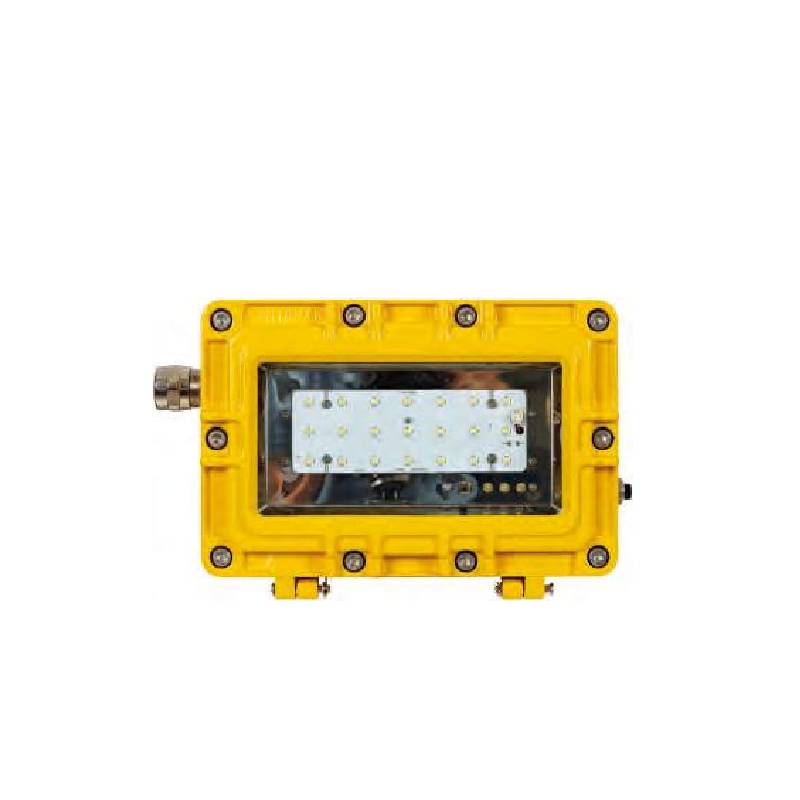
5. Modular and Portable Lighting Solutions
Description: Lightweight, portable explosion-proof lighting systems designed for flexible installation and temporary use.
Benefits:
- Perfect for shipyards, docks, and maintenance operations.
- Easy to transport and deploy in emergency or short-term situations.
- Modular designs allow for quick customization and upgrades.
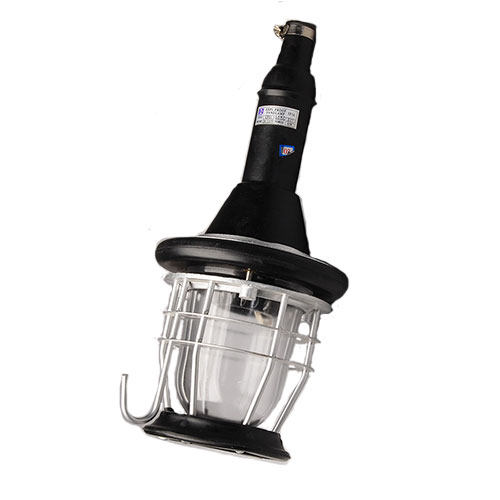
6. Pressure-Resistant Deep-Sea Lighting
Description: Explosion-proof fixtures designed to operate at extreme depths and pressures.
Benefits:
- Enables lighting for submersibles, remotely operated vehicles (ROVs), and deep-sea facilities.
- High durability and reliability in the most demanding underwater environments.
7. Multi-Zone Adaptive Lighting
Description: Systems that dynamically adjust illumination levels and intensity based on the specific zone’s requirements.
Benefits:
- Optimizes energy usage by providing tailored lighting for hazardous and non-hazardous areas.
- Enhances visibility and safety for various marine tasks.
8. Explosion-proof Transparent Materials
Description: Use of durable, transparent composites that improve the lighting output while maintaining explosion resistance.
Benefits:
- Better light transmission without compromising safety.
- Resistant to impact, UV exposure, and harsh environmental conditions.
Overall, custom explosion-proof lighting solutions are essential for ensuring safety and efficiency across different marine environments, which enhance operational reliability and worker safety. Adopting advanced technologies, marine-grade explosion-proof lights ensure compliance with safety standards while meeting the evolving demands of the marine industry.
